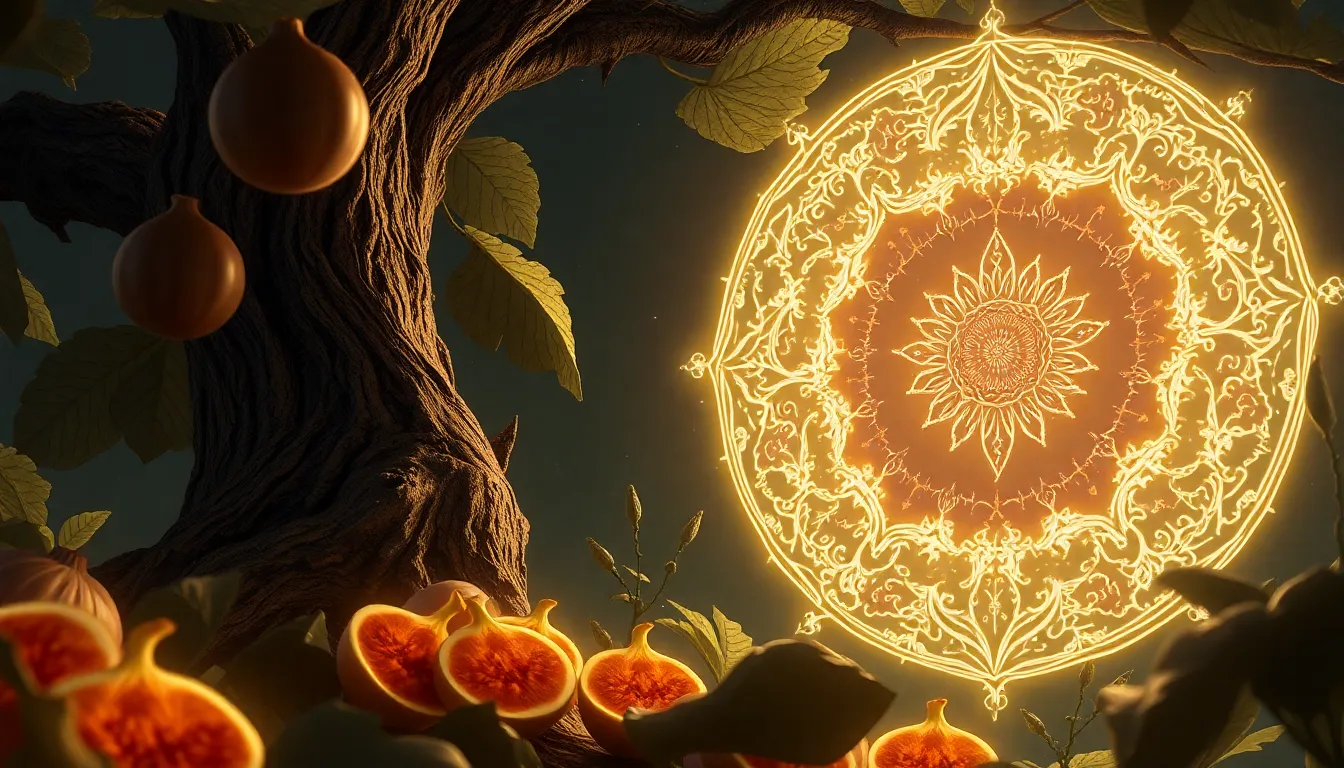The Enchantment of Thai Forests: A Tapestry of Myth and Legend
Thailand's lush forests are more than just a natural wonder; they are a vibrant tapestry woven with threads of myth and legend. For centuries, these verdant landscapes have played a crucial role in Thai folklore, shaping the beliefs and values of the Thai people. From ancient spirits to mythical creatures, the Thai forest is a realm of enchantment, where the boundaries between reality and fantasy blur.
Thai folklore is rich with stories that breathe life into the forest, transforming it into a mystical world teeming with supernatural beings. The rustling leaves whisper secrets, the murmuring streams carry ancient tales, and the towering trees stand as silent witnesses to the magic that unfolds within their shadows. These stories are not merely fantastical tales; they reflect the deep-rooted connection between the Thai people and their natural environment. They serve as a reminder of the power and mystery inherent in the natural world, urging respect and reverence for the delicate balance of life.
Spirits of the Woods: Animism and the Sacredness of Nature
At the heart of Thai forest mythology lies the concept of animism, the belief that spirits inhabit all living things, including trees, rocks, and even the forest itself. This belief imbues the environment with a sense of sacredness, where every element holds a spiritual significance.
The Thai people believe that spirits, known as "phi," reside in various parts of the forest, each with its own unique role and personality. Some are benevolent, offering protection and guidance; others are mischievous, prone to playing tricks on humans. But all are to be treated with respect, as they are seen as powerful forces that can influence human life.
The concept of "phi" extends beyond individual spirits to encompass the forest as a whole. The forest is believed to have its own guardian spirit, a powerful entity that protects the natural order and ensures the well-being of the forest and its inhabitants.
The Guardian of the Forest: The Significance of the “Yak”
A particularly prominent figure in Thai forest mythology is the "Yak," a powerful and often fearsome spirit depicted as a giant, hairy being with horns. The Yak is the guardian of the forest, tasked with maintaining the delicate balance of nature. It is believed to have the power to control the weather, protect the forest from harm, and punish those who disrespect the sacredness of nature.
The Yak is often depicted as a protector of animals, punishing those who hunt or exploit wildlife. This reinforces the Thai belief in the interconnectedness of all living things and the responsibility humans have to co-exist in harmony with the natural world.
While the Yak is often portrayed as fierce, it is also seen as a benevolent protector, offering guidance and assistance to those who show respect and reverence for the forest.
The Forest as a Realm of Transformation: Myths of Humans Becoming Animals
The Thai forest is not only a realm of spirits but also a place of transformation, where humans can become animals and animals can become humans. These stories explore the cyclical nature of life and the interconnectedness between humans and the animal world.
Many Thai myths feature stories of people who venture into the forest and are transformed into animals. These transformations are often a result of breaking taboos or disrespecting the rules of the forest. These tales serve as cautionary reminders about the consequences of human actions and the importance of living in harmony with nature.
The Power of Nature: The Role of Magic and Supernatural Beings
The Thai forest is a place where magic and the supernatural play a significant role. The forest is believed to be a source of powerful magic, with its trees, plants, and animals possessing unique abilities. Thai folklore is filled with stories of magical herbs, enchanted animals, and powerful spirits that can influence the world around them.
The presence of magic in Thai forest mythology reinforces the belief that the forest is a place of immense power. It is a reminder that humans are not the only beings with abilities, and that respect for the natural world is essential for maintaining balance and harmony.
The Forest as a Source of Wisdom: Lessons from Folklore and Legend
The myths and legends surrounding Thai forests offer valuable life lessons, reflecting the wisdom and insights gained from observing the natural world. These stories teach us about the importance of respect, balance, and interconnectedness.
One recurring theme is the consequence of disrespecting nature. Many tales caution against exploiting the forest's resources or disturbing its delicate balance. Breaking taboos or harming animals often results in punishment from spirits or even transformation into an animal, underscoring the importance of coexisting harmoniously with nature.
These stories also highlight the interconnectedness of all living things. The forest is a complex ecosystem where every species plays a crucial role. Myths emphasize the importance of preserving biodiversity and respecting the interdependence of all life forms.
The resilience of the forest is another key theme. Despite storms, floods, and other challenges, the forest always recovers, demonstrating the power of nature to adapt and regenerate. These stories encourage perseverance and hope, reminding us of nature's ability to overcome adversity.
Mythical Creatures of the Thai Forest: From Naga to Phi
Thai forests are home to a diverse array of mythical creatures, each with its unique characteristics and significance. These beings are not just whimsical figures; they represent various forces of nature and human emotions, enriching the diverse tapestry of Thai folklore.
The Naga, serpentine deities often depicted with human heads, are associated with water and are believed to guard sacred sites and waterways. Their presence highlights the importance of water in Thai culture and the respect for this vital resource.
Another well-known creature is the Phi, a general term for spirits, often associated with specific locations or activities. While some Phi are benevolent, others are mischievous or even malevolent. These figures reflect the complex relationship humans have with the supernatural, and the need to navigate the unseen world with caution and respect.
Other mythical creatures populate the Thai forest, like the Kuman Thong, a mischievous spirit often associated with good fortune, and the Kra Sue, a shape-shifting spirit believed to haunt certain areas. These diverse entities reflect the vibrant imagination and storytelling traditions of the Thai people, imbuing the forest with a sense of wonder and mystery.
The Forest as a Place of Transition: Death, Rebirth, and the Spirit World
In Thai folklore, the forest is often depicted as a place of transition, a liminal space between life and death, where spirits dwell and souls journey to the afterlife. This connection to the spirit world adds a layer of reverence and mystery to the forest.
The forest is often seen as a gateway to the spirit world, where the souls of the deceased travel before reaching their final destination. This belief is often reflected in funeral rituals, where the deceased’s belongings are placed in the forest as a way of releasing them from their earthly bonds.
Many Thai myths feature stories of spirits inhabiting the forest, interacting with humans, and guiding them through life’s challenges. These stories emphasize the connection between the living and the dead, highlighting the importance of respecting ancestors and acknowledging the presence of the spirit world.
The forest’s role as a place of transition underscores the cyclical nature of life and the interconnectedness of existence. It reminds us that death is not an end but a transformation, and that the spirit world is an intrinsic part of the natural order.
The Influence of Buddhist Teachings on Forest Mythology
Buddhist teachings have had a profound influence on Thai folklore, shaping the perspectives on nature and the spirit world. Buddhism emphasizes the interconnectedness of all things, the impermanence of life, and the importance of compassion and respect for all living beings.
Many Thai forest myths reflect these Buddhist principles. The concept of karma is prevalent, where actions have consequences, and individuals are responsible for their choices. This aligns with the Buddhist belief in reincarnation, where individuals are reborn based on their actions in previous lives.
Buddhism also emphasizes the importance of meditation and mindfulness in understanding the true nature of reality. The forest itself is seen as a space for contemplation and spiritual growth, a place where individuals can connect with nature and find inner peace.
The influence of Buddhism on Thai forest mythology underscores the spiritual depth and ethical values embedded in these stories. They offer a framework for understanding the world around us and navigating the complexities of life.
Modern Interpretations: The Enduring Power of Thai Forest Myths
While deeply rooted in tradition, Thai forest myths remain relevant in modern times. They offer valuable insights into the natural world, the importance of sustainability, and the need for environmental stewardship.
Conservation efforts are often inspired by the stories of the Yak, the guardian spirit of the forest, reminding people of their responsibility to protect nature. The stories of animal transformations serve as cautionary tales against the exploitation of wildlife, emphasizing the need for ethical treatment of all living things.
Environmental activism draws inspiration from the stories of spirits protecting the forest, reminding people of their interconnectedness with nature and the need to maintain a healthy balance with the environment.
Thai forest myths continue to captivate and inspire, offering timeless lessons and reminding us of the importance of living in harmony with nature and respecting the sacredness of the natural world.
FAQ
Q: What are some of the most popular Thai forest spirits?
A: Some of the most popular Thai forest spirits include the Yak, the Naga, the Phi, and the Kuman Thong. Each of these spirits has unique characteristics and significance within Thai folklore.
Q: How do Thai forest myths reflect the importance of nature?
A: Thai forest myths emphasize the sacredness of nature, the importance of respecting the natural order, and the consequences of disrupting the balance of the ecosystem. They often depict spirits guarding the forest and punishing those who violate its rules.
Q: Are Thai forest myths still relevant today?
A: Yes, Thai forest myths remain relevant today, providing valuable insights into environmental stewardship, conservation, and the importance of respecting nature. They continue to inspire and guide people in their relationship with the natural world.
Q: What are some of the key themes found in Thai forest myths?
A: Some key themes include the sacredness of nature, the interconnectedness of all living things, the importance of respecting spirits, the consequences of disrespecting the natural world, and the cyclical nature of life.



